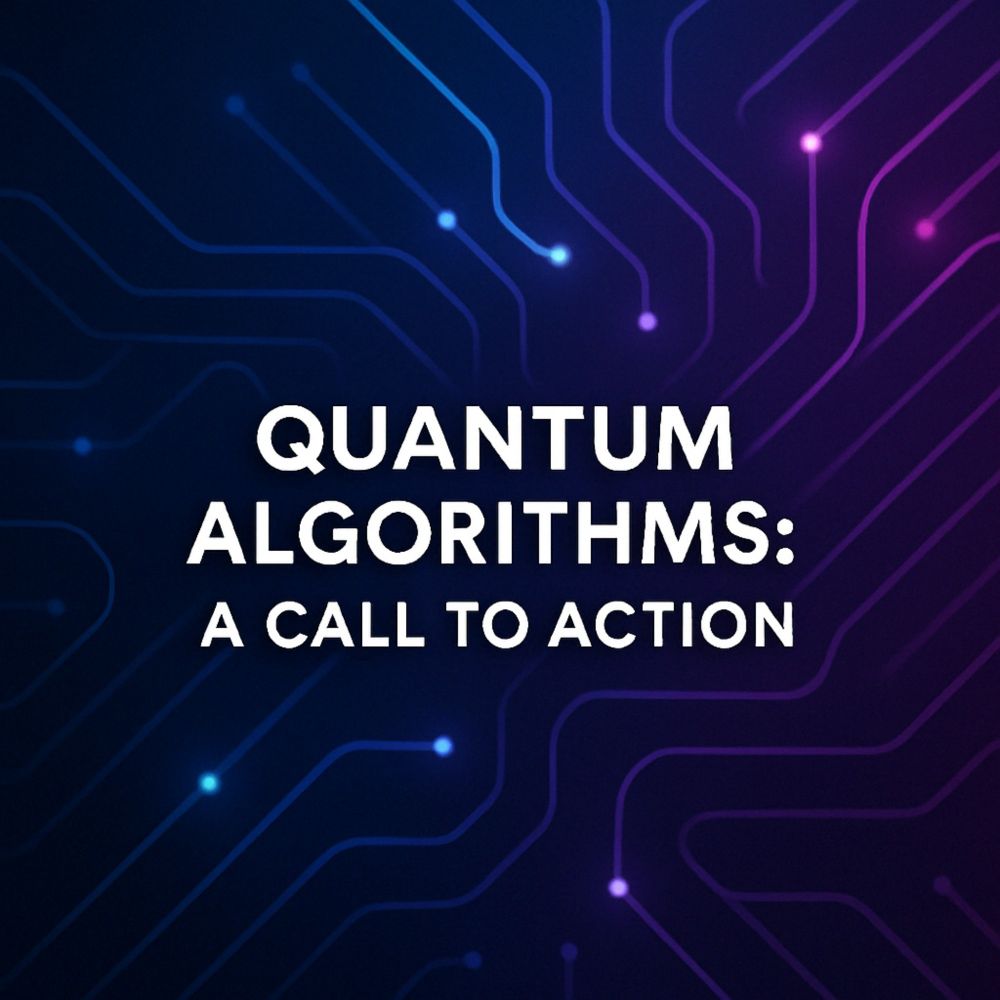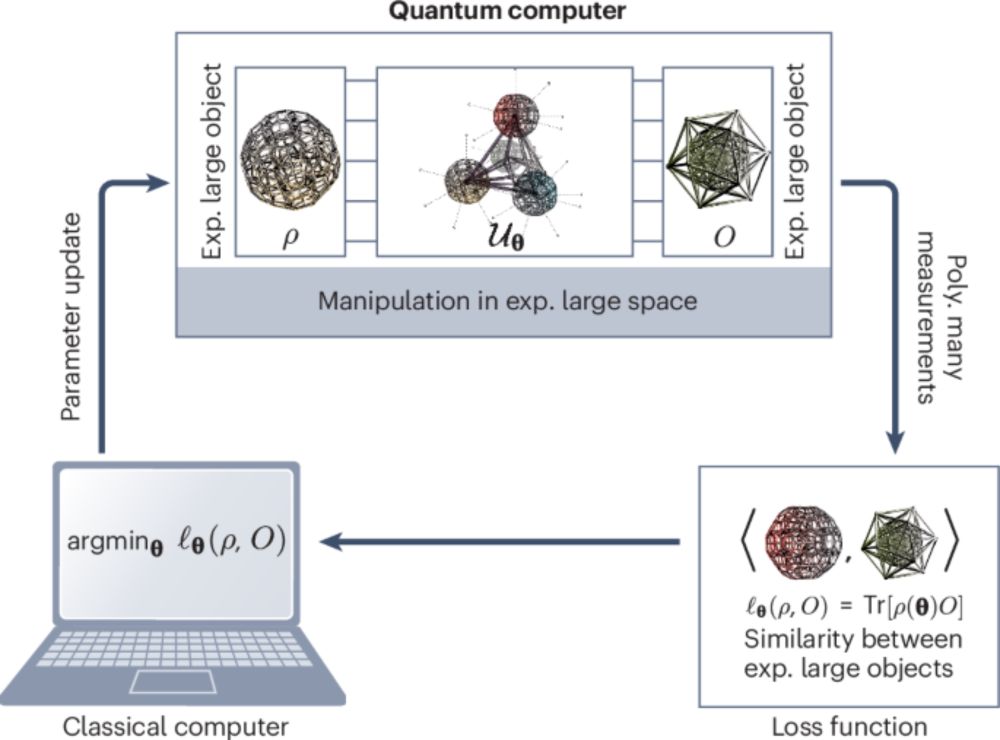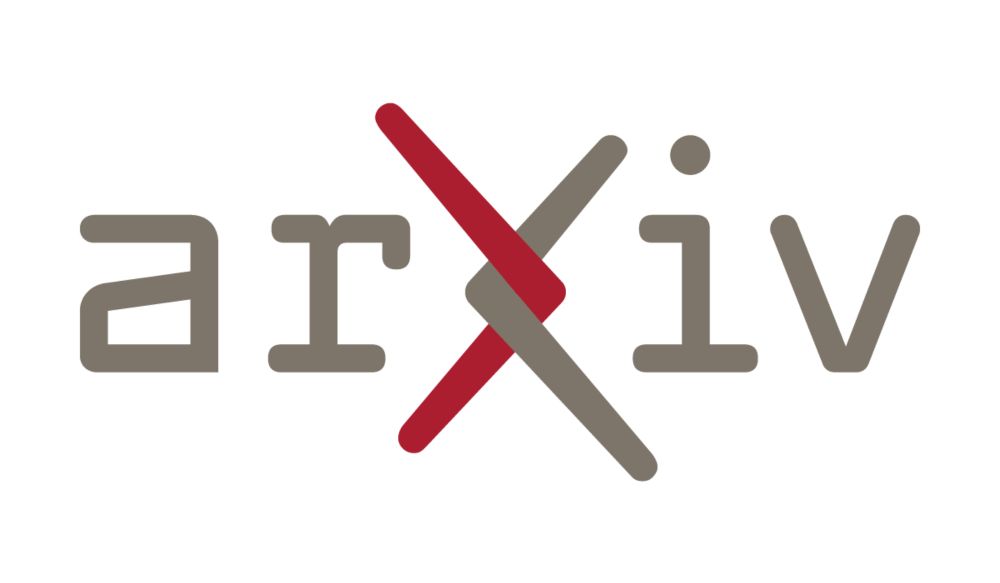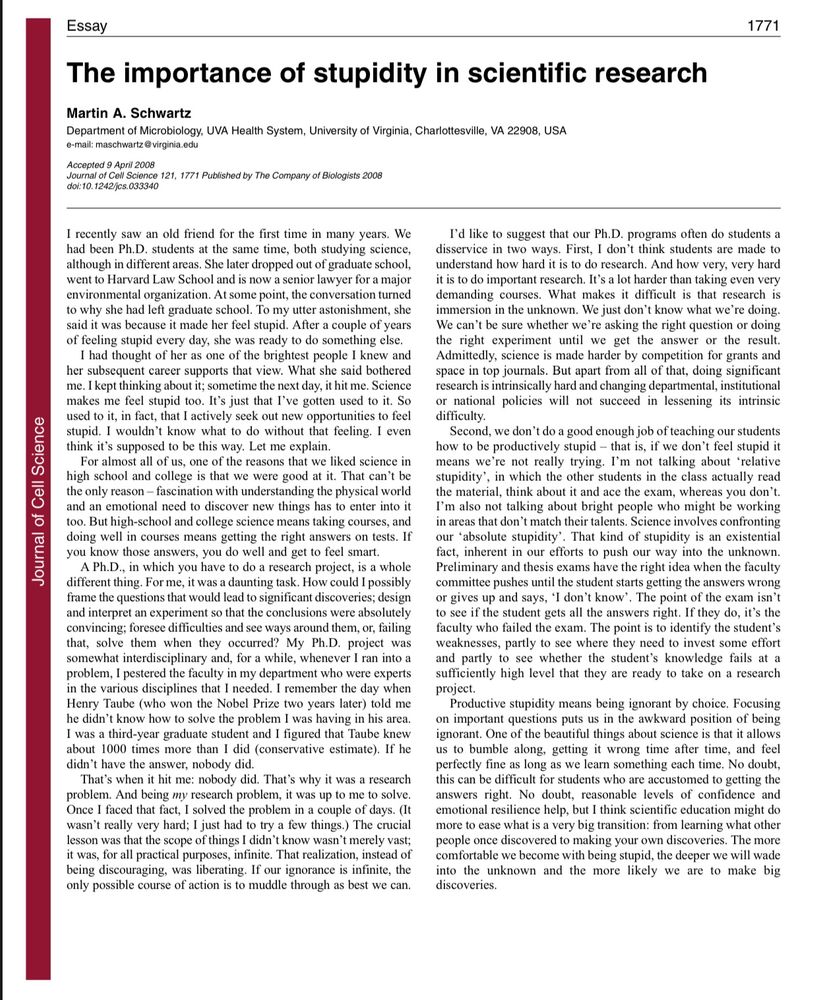(Also fwiw, it's okay to admire Feynman's scientific accomplishments and general cleverness, but be careful of putting him on too high a pedestal.)
In the same spirit, here's a piece on AI hype I wrote in....1985 🤯
melaniemitchell.me/EssaysConten...
(Also fwiw, it's okay to admire Feynman's scientific accomplishments and general cleverness, but be careful of putting him on too high a pedestal.)
www.quantamagazine.org/how-can-ai-r...

www.quantamagazine.org/how-can-ai-r...
PauliPropagation.jl is open source library that you can use to approximately simulate quantum circuits
We explain the nitty gritty of how these algorithms work in practise in our latest companion paper
🧵👇

PauliPropagation.jl is open source library that you can use to approximately simulate quantum circuits
We explain the nitty gritty of how these algorithms work in practise in our latest companion paper
🧵👇
student @robbieking1000.bsky.social calling for a "scrappier approach" to finding new applications.
quantumfrontiers.com/2025/04/20/q...

student @robbieking1000.bsky.social calling for a "scrappier approach" to finding new applications.
quantumfrontiers.com/2025/04/20/q...
Check it here 👇
www.nature.com/articles/s42...

Check it here 👇
www.nature.com/articles/s42...
Purchase your own digital copy for Kindle, Kobo, or through Apple Books! www.sfipress.org/books/the-co...

Purchase your own digital copy for Kindle, Kobo, or through Apple Books! www.sfipress.org/books/the-co...
journals.aps.org/prxquantum/a...
This work presents a new highly attractive #Floquetcode in #quantumerrorcorrection and introduces - yet another - useful graphical calculus.

journals.aps.org/prxquantum/a...
This work presents a new highly attractive #Floquetcode in #quantumerrorcorrection and introduces - yet another - useful graphical calculus.
Depending on your mood... the algorithm can be viewed either as naturally suited to compete with, or collaboratively enhance, quantum hardware simulations.

Depending on your mood... the algorithm can be viewed either as naturally suited to compete with, or collaboratively enhance, quantum hardware simulations.
- Techniques for design and training of large quantum machine learning models, presented by me
summit.aps.org/events/MAR-X...

- Techniques for design and training of large quantum machine learning models, presented by me
summit.aps.org/events/MAR-X...

Worth a read! 👇
quantumfrontiers.com/2025/03/05/w...

Worth a read! 👇
"How to evaluate the cognitive abilities of LLMs"
www.nature.com/articles/s41...

"How to evaluate the cognitive abilities of LLMs"
www.nature.com/articles/s41...
arxiv.org/abs/2502.12252

arxiv.org/abs/2502.12252


1. The importance of stupidity in scientific research
Open Access
journals.biologists.com/jcs/article/...



